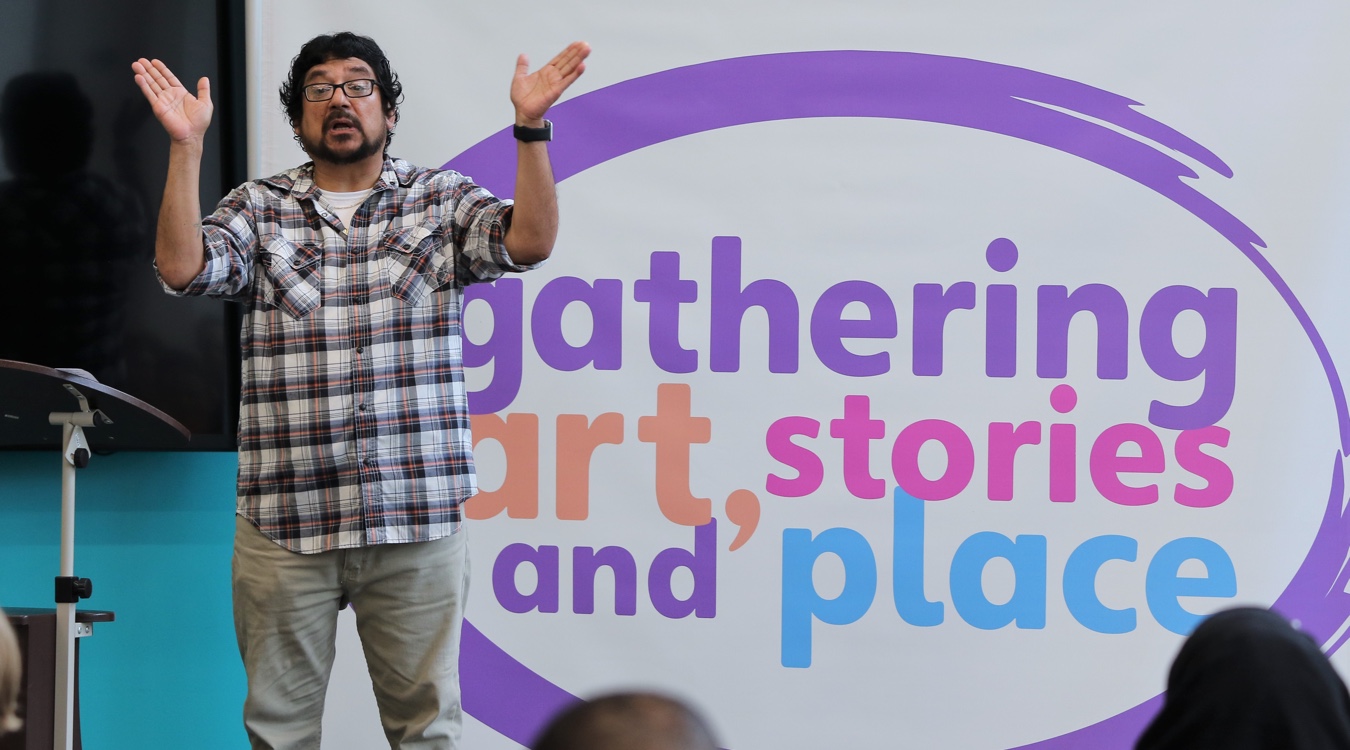About Project
What was Listening to Mitchell?
From a fistful of candied raisins to homemade samosas, from a fresh pile of tamales to syrupy baklava.
Long live Mitchell Street!
While a staggering range of cultures call Mitchell Street home, points of contact between them can be rare. The street’s residents stand shoulder to shoulder, but all too infrequently engage in substantial exchange. Listening to Mitchell was this prompt.
In the summer of 2014, artists Sonja Thomsen and Adam Carr launched Listening to Mitchell, a public art project that wove itself through the street’s physical and social fabric. Working with a wide range of residents, community organizations and businesses, the project created a visual campaign that mirrored the layers of advertising on the commercial corridor of Historic Mitchell street from 5th to 12th Street.
The artists photographed collected ephemera from over 50 community members. An empty storefront was installed with 18 speakers to create an immersive sound installation where the public was invited to stop and listen. Within that 3 hour looping sound piece, voices spoke at, over and beside each other. On the street and within businesses, a visual campaign directed the public to “call now,” and when they dialed, they heard a stranger’s voice sharing a personal experience of Mitchell Street. Throughout the city, the artists distributed “an incomplete guide” and map directing the public to Listening to Mitchell.
While the installation of Listening to Mitchell has come and gone, the stories and the street don’t stop. In this digital archive, you will find different elements of the project recreated and preserved. Below, they share the process of how the project was created and what has come after.
Within and beyond this project, you are encouraged to explore Mitchell Street’s many stories for yourself, and maybe even write your own.
Landing on Mitchell Street
“I lost my ego at the Modjeska theater and I hope I never find it again.” -Amanda Johnson
Milwaukee is filled with rich communities and neighborhoods — enough for a lifetime of exploration and creation — so what brought this project to Mitchell Street?
First, a little background on the artists:
Sonja Thomsen is an American artist whose multifaceted practice combines photography, sculpture and site-specific public art to create spaces that recalibrate our perceptions and platform embodied knowing.
Adam Carr works at the intersection of community and communication, intentionally and specifically in Milwaukee, WI. His work brings him into collaborations across many communities and his storytelling spans audio production, writing, tours, filmmaking and journalism.

Together, Thomsen and Carr have collaborated to create two site-responsive public art projects (on Milwaukee’s North and South Sides) with a process and product that fuses their two practices.
In 2012, they created here, mothers are in the Amani neighborhood. During that moment in the city’s history, the public narrative about Amani was dominated by foreclosure. Yet, the community had no shortage of deep-rooted stories spanning generations of family. Thomsen and Carr collaborated with the Dominican Center for Women to meet mothers and families in the community for interviews. Images and voices from those domestic spaces became an installation on a foreclosed home and adjacent City of Milwaukee popup gallery. A series of lawn signs with a prompt “here, mother’s are _______” were filled in and distributed across the Amani neighborhood.
When they started exploring the potential of Mitchell Street, the size and scale of the architecture pointed to layers of history. While both artists grew up in Milwaukee and had quintessential Mitchell Street experiences, neither was an expert. However, walking down the street, they felt a kaleidoscope of culture and an energy like no other place in the city.

Following the Breadcrumbs
The research process of Listening to Mitchell lasted over 15 months.
The artists found their first three interviews in 2013 to be special, drawing out themes that would become core to the project — the struggles and success of immigration, relationships of fathers and sons, tension between past and future.
After the first trio of interviews, Thomsen and Carr sought out prominent voices and regular folks, with one conversation leading to the next.
The tapestry of experiences collected was astounding. As the downtown of Milwaukee’s South Side, Mitchell Street has seen generations of immigrants and migrants, each wave making its own mark.
People go to Mitchell Street for a reason, oftentimes for the ordinary, but also for the exceptional — births, baptisms, first communions, first dates, quinceaneras, breakdance battles, concerts, iftars, weddings, funerals and everything in between.
Each interview drew out precious memories from a dizzying range of eras on Mitchell Street. The artists heard about a handful of different “golden eras:” when the street was home to a handful of grand theaters or the birth of hip hop on Milwaukee’s South Side. They also heard different ideas about what “decline” means, usually when the place the speaker knew in their youth was no longer.
Mitchell Street has belonged to so many and the interviews could have continued as long as the street lasts.
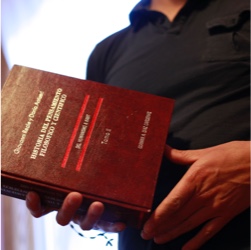
German Diaz
“I arrived. I didn’t have any money. I had 25$ in my pocket. I had a sweater I was wearing, a couple of shirts, pair of pants and three books.”
German Diaz was a third grade teacher at Allen-Field Elementary who came from Columbia to Milwaukee as a seminarian. His arrival featured some unexpected drama on Mitchell Street — he arrived at St. Anthony’s in the middle of the night and he had to improvise his way in. While we spoke to him in his backyard, he shared his uncommon devotion to philosophy and knowledge, as well as the ups and downs of adjustment to life in Milwaukee.

Amrit Patel
“It is not because of religion, but social tradition. Carry on and on and on, from father to grandfather to great grandfather.”
Amrit Patel is a businessman who runs both AP Foods, an Indian grocery store, and a successful accounting firm. He has become an important part of the Mitchell Street business scene, as well as a pillar in the Indian community. Because his store and tax operation bring him in contact with so many South Asian Milwaukeeans, he has become instrumental in organizing community events and celebrations.

Conrad Holzman
“Furs are like clothing and shoes; you get good bad and indifferent. We always had high-end furs — 95% of my merchandise is made in North America. It’s getting harder and harder to find makers. Good makers.”
Conrad Holzman grew up on Mitchell Street, eventually taking over his father’s fur company, Holzman Furs. One of the last remaining furriers in Milwaukee, he keeps alive a business that’s been going since 1925. We spoke to him in his retro showroom surrounded by luxury furs, exploring both the street’s past, how he’s adapted to the street’s everchanging present and what he thinks will come next.
Installation and Activation
“If it was fixed up, it could be amazing, amazing, amazing. It’s still pretty amazing though.” - Felix Martinez
Listening to Mitchell landed on Mitchell Street in the summer of 2014 from May to September.
Listening to Mitchell was an invitation to slow down and engage with the street. The project was scattered throughout seven city blocks, like a scavenger hunt spread across wall sides, interiors of stores, marquees and display windows. While seeking out the images and stories of Listening to Mitchell, the artists encouraged viewers/listeners to encounter a great deal of Mitchell Street’s depth and texture in between.
Someone experiencing the project might engage with a few artworks/stories or spend hours exploring multiple locations throughout the street.
Listening To Mitchell Included
- 700visitorscame to see the 18-channel audio installation and listening space
- 62artworksof varying scales — from murals to posters
- 32sitesof installation throughout Mitchell Street’s 7-block historic corridor
- 2300guidesdistributed to over 35 locations throughout the community for the interactive installation
- 12part radio seriesbroadcast in collaboration with WUWM’s Lake Effect Hear Series
- 500+unique callersaccessed a 20-part audio guide accessible by cell phone, prompted by artworks, throughout the project
Thomsen and Carr activated the space on the street and online. A wide-ranging audience found the project, including folks from the surrounding blocks to visitors from across town (and beyond). Within the listening space, the artists invited pedestrians inside. They hosted a series of public events and walks on the street, inviting folks to experience Listening to Mitchell and share their own observations. They continued to prompt storytelling and reflection. Through the cell phone guide, recorded stories were collected from callers around the city/country/world who wanted to contribute their own memories of Mitchell Street.
View Gallery
Select an image to view larger
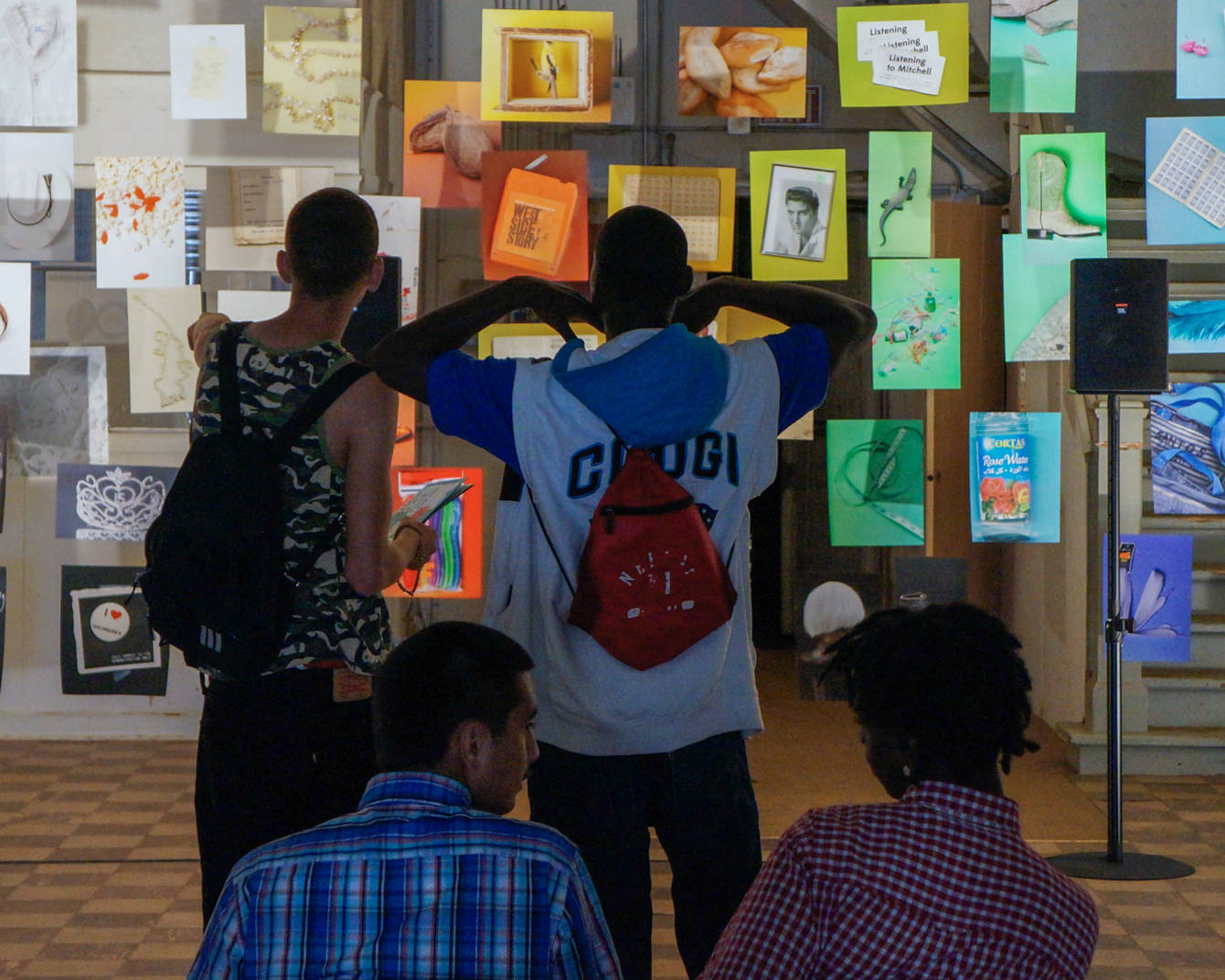
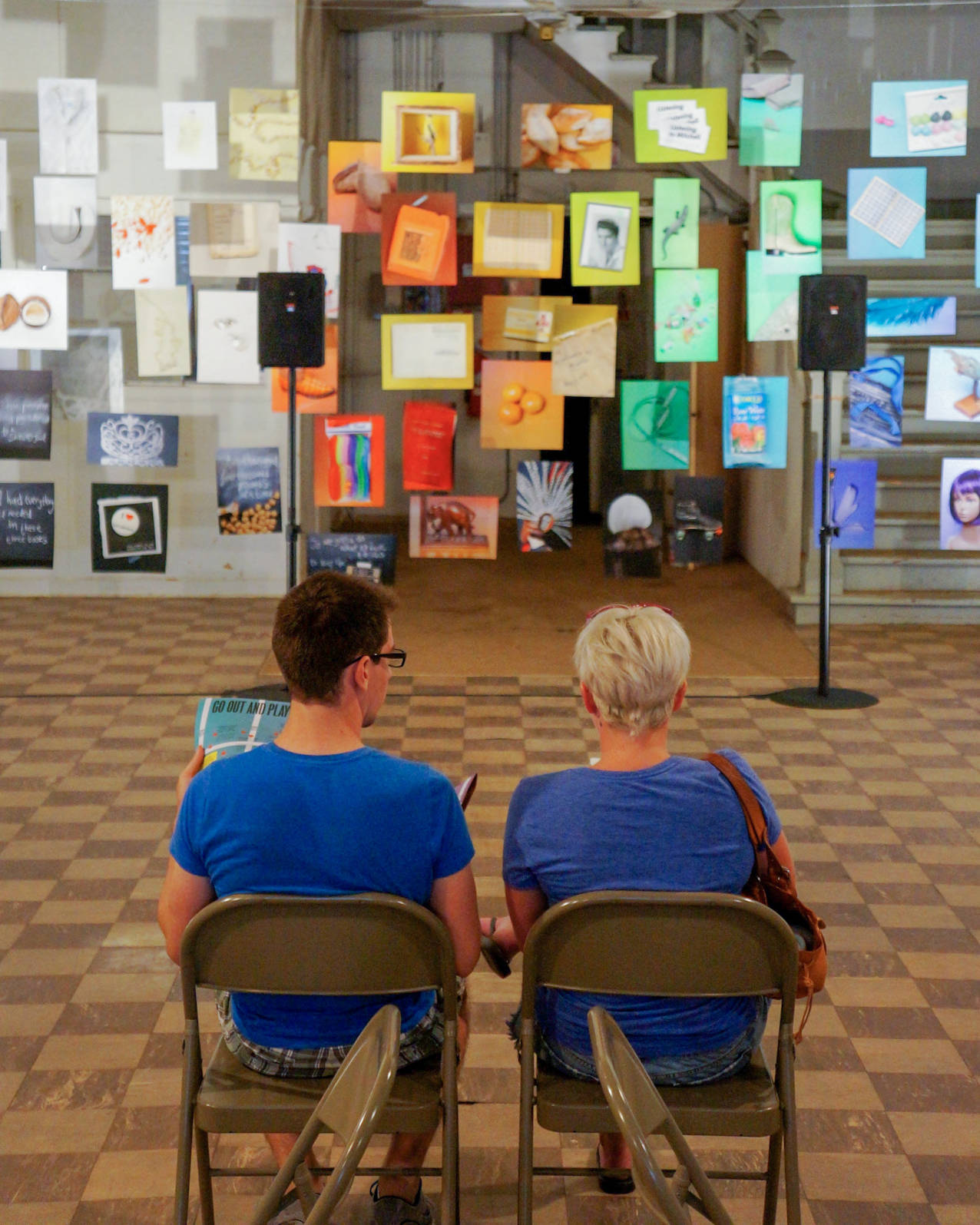
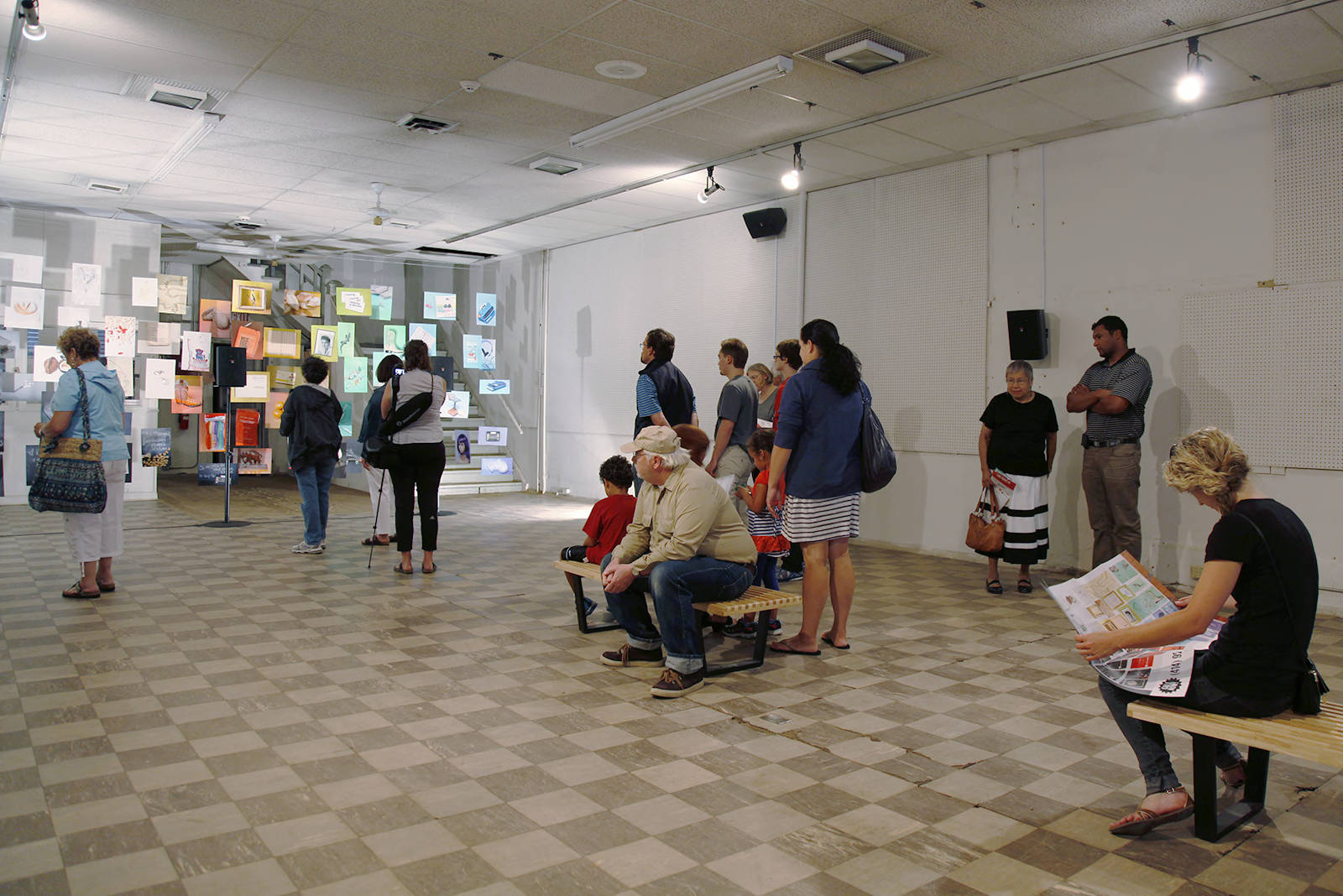
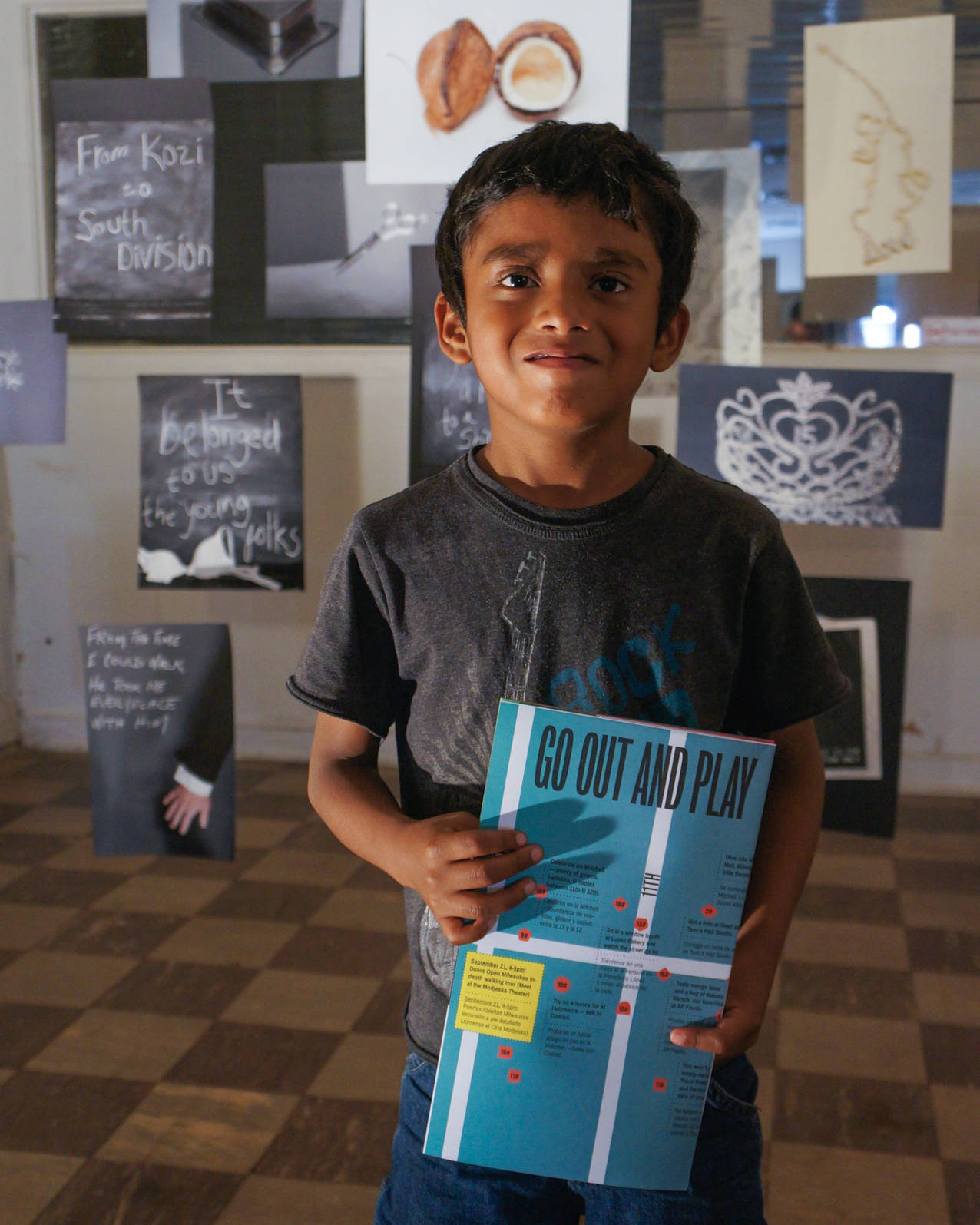
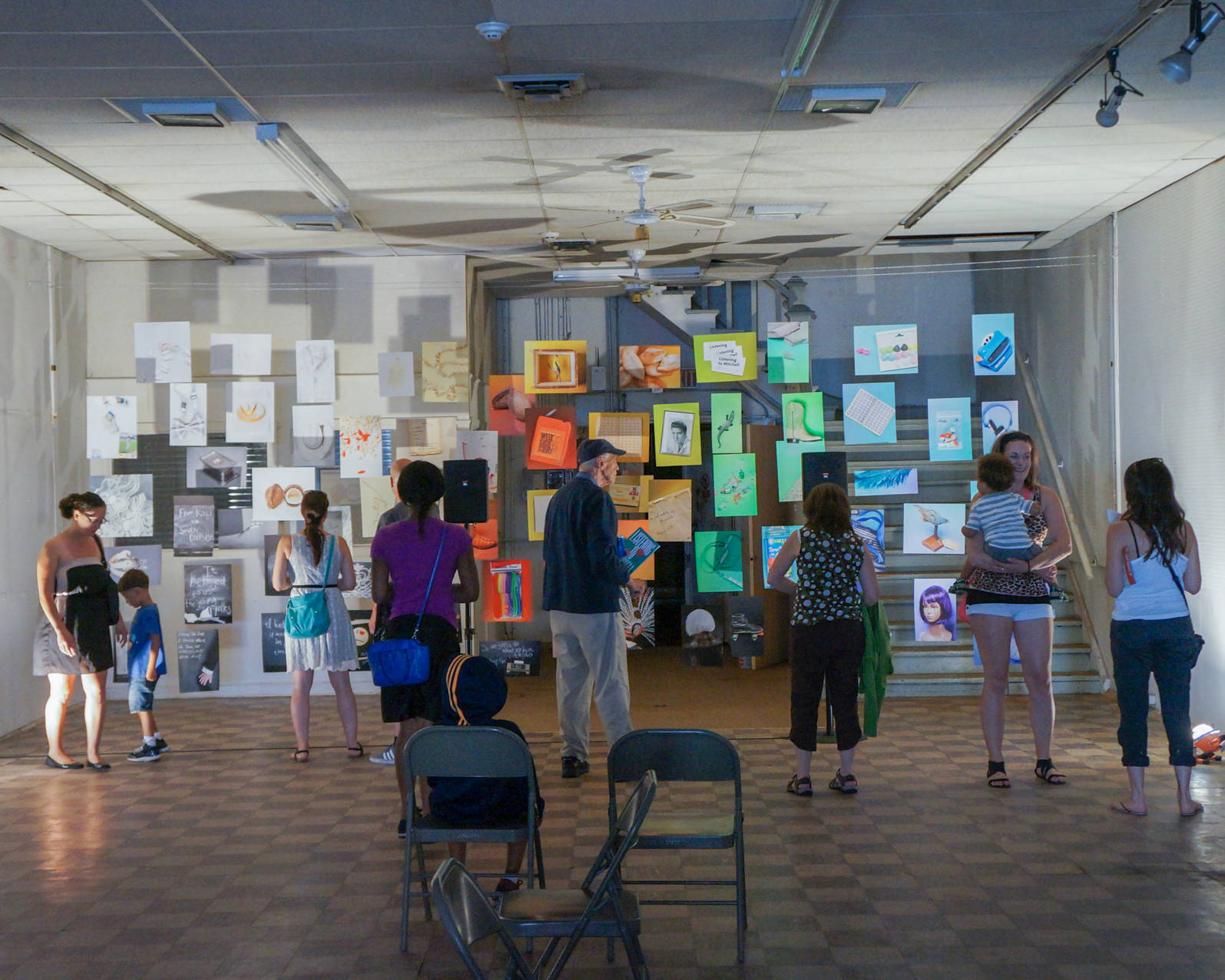
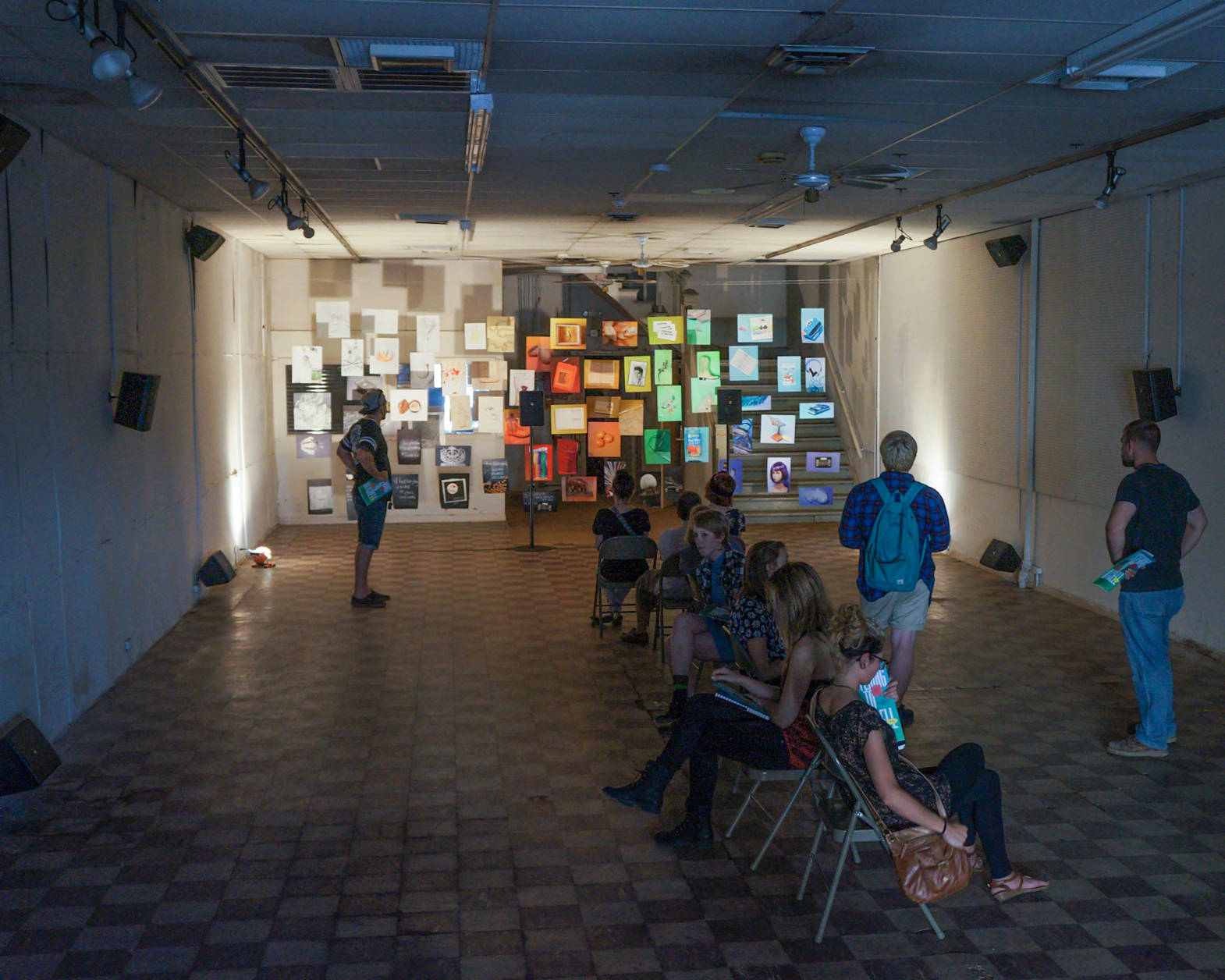
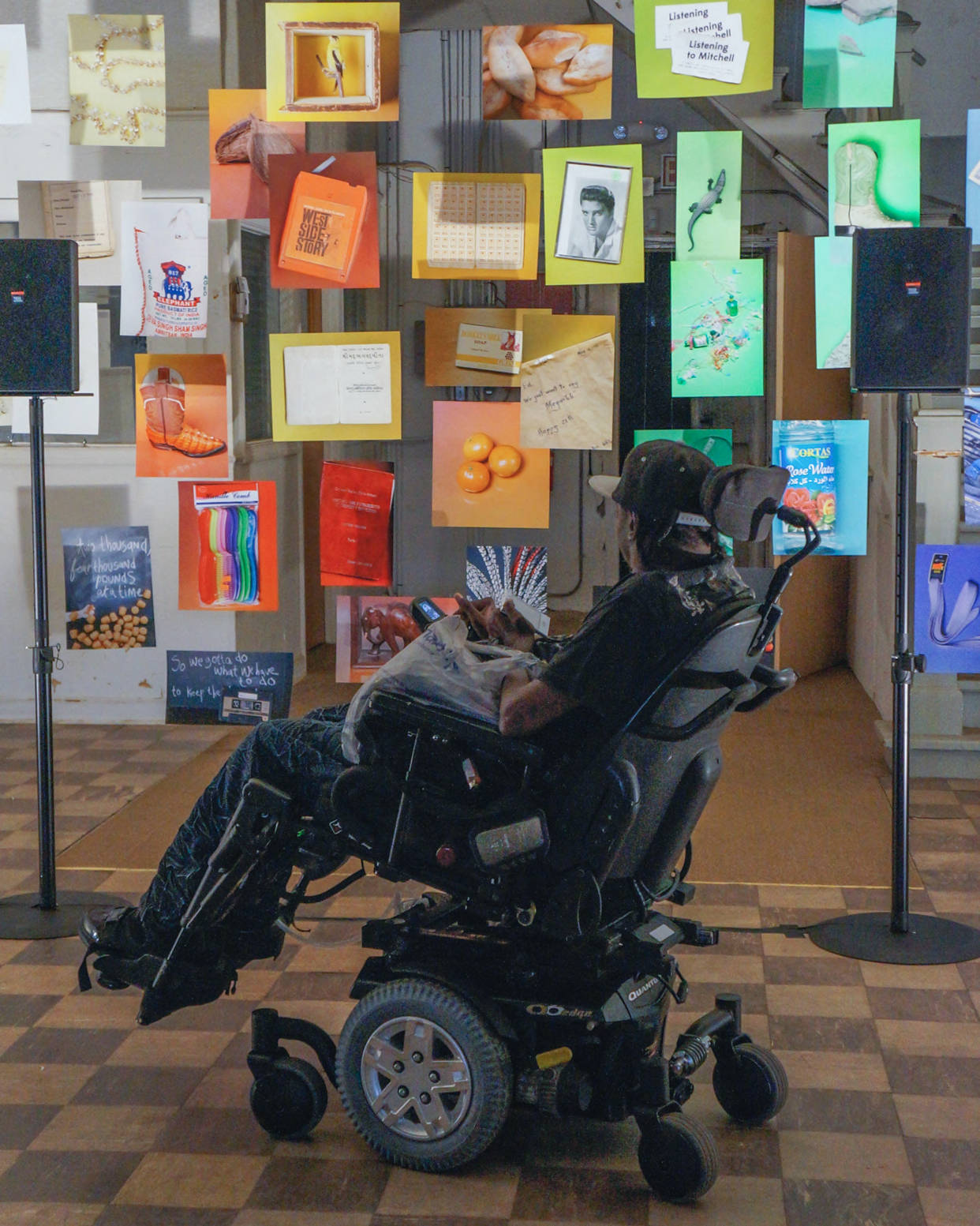
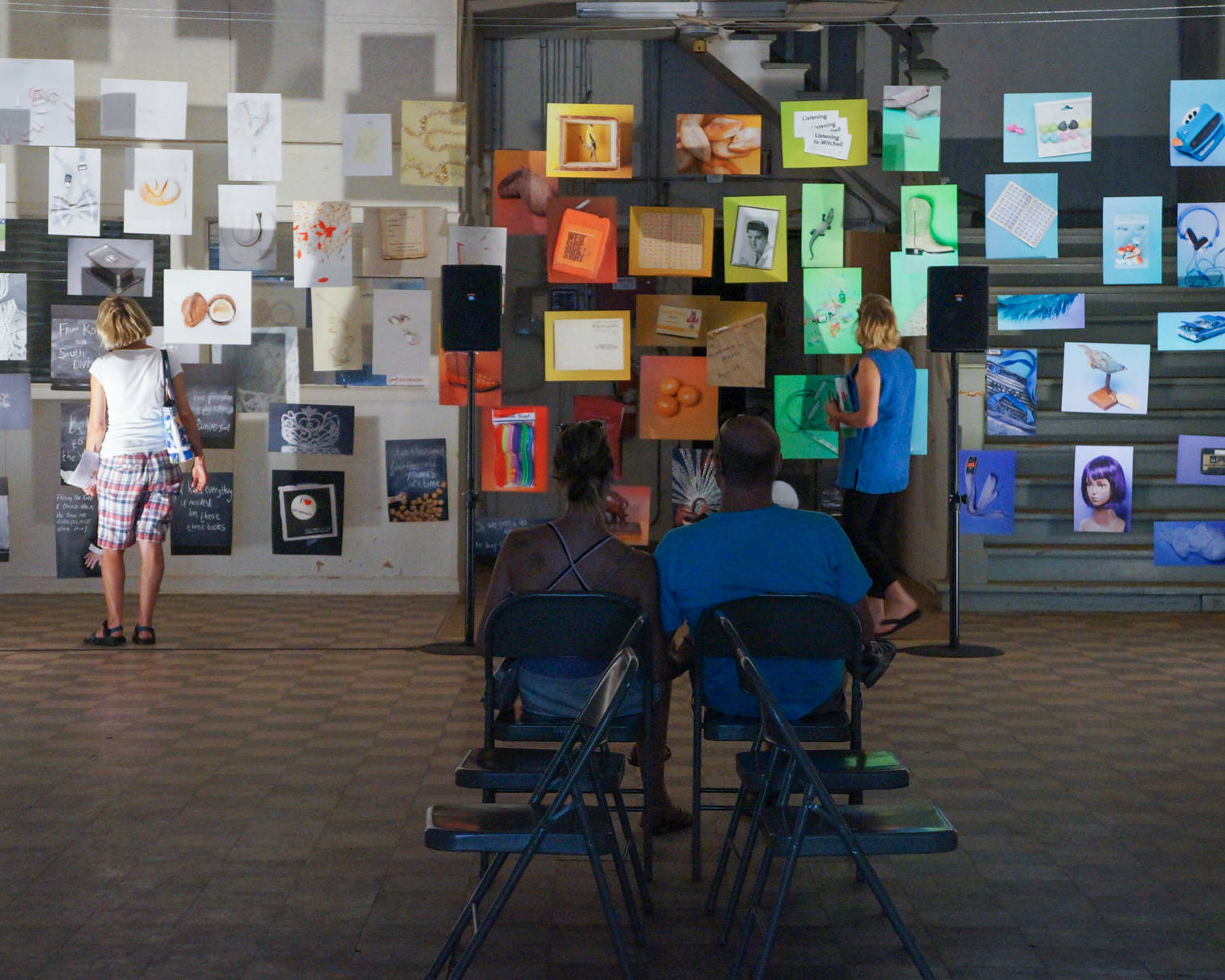
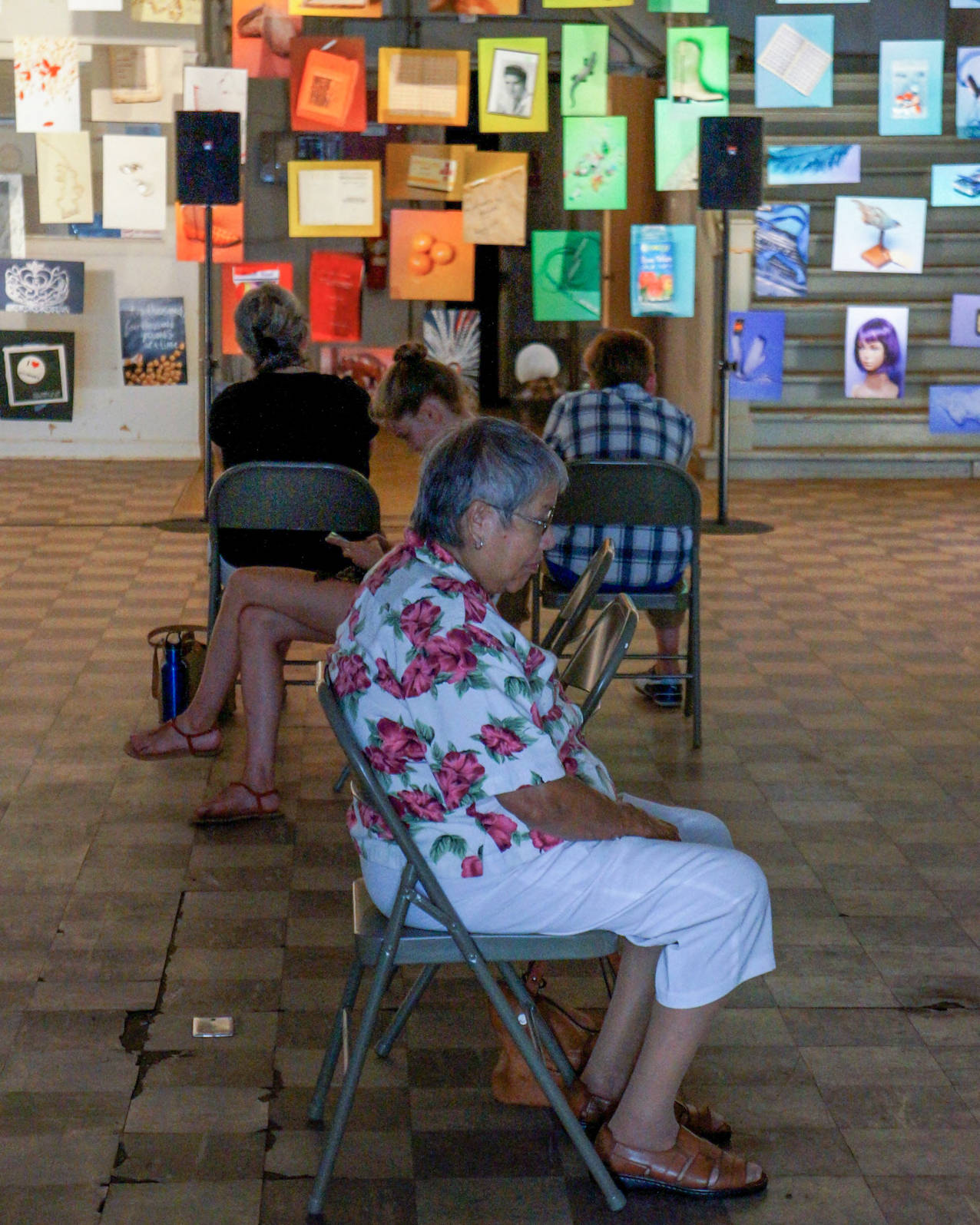
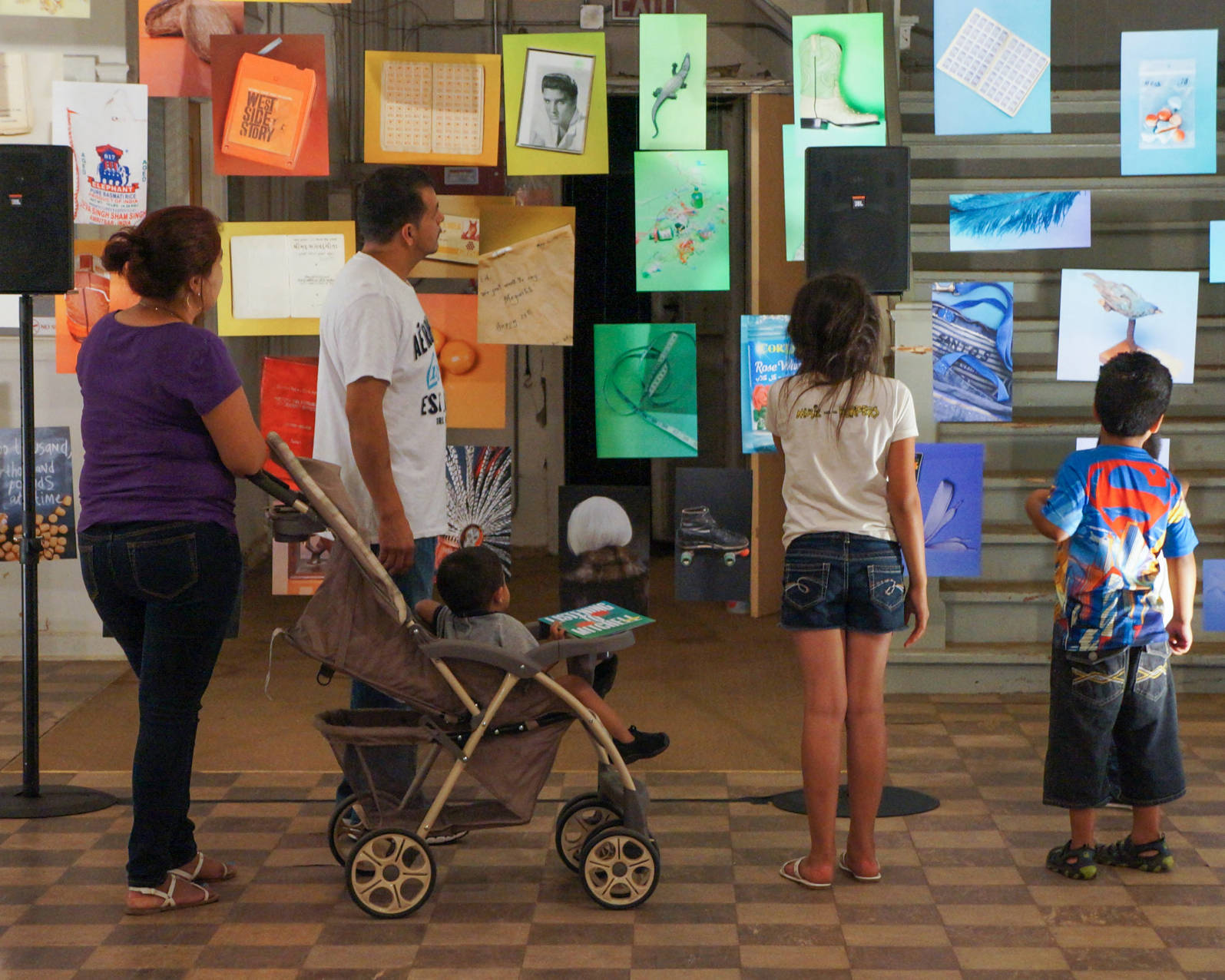
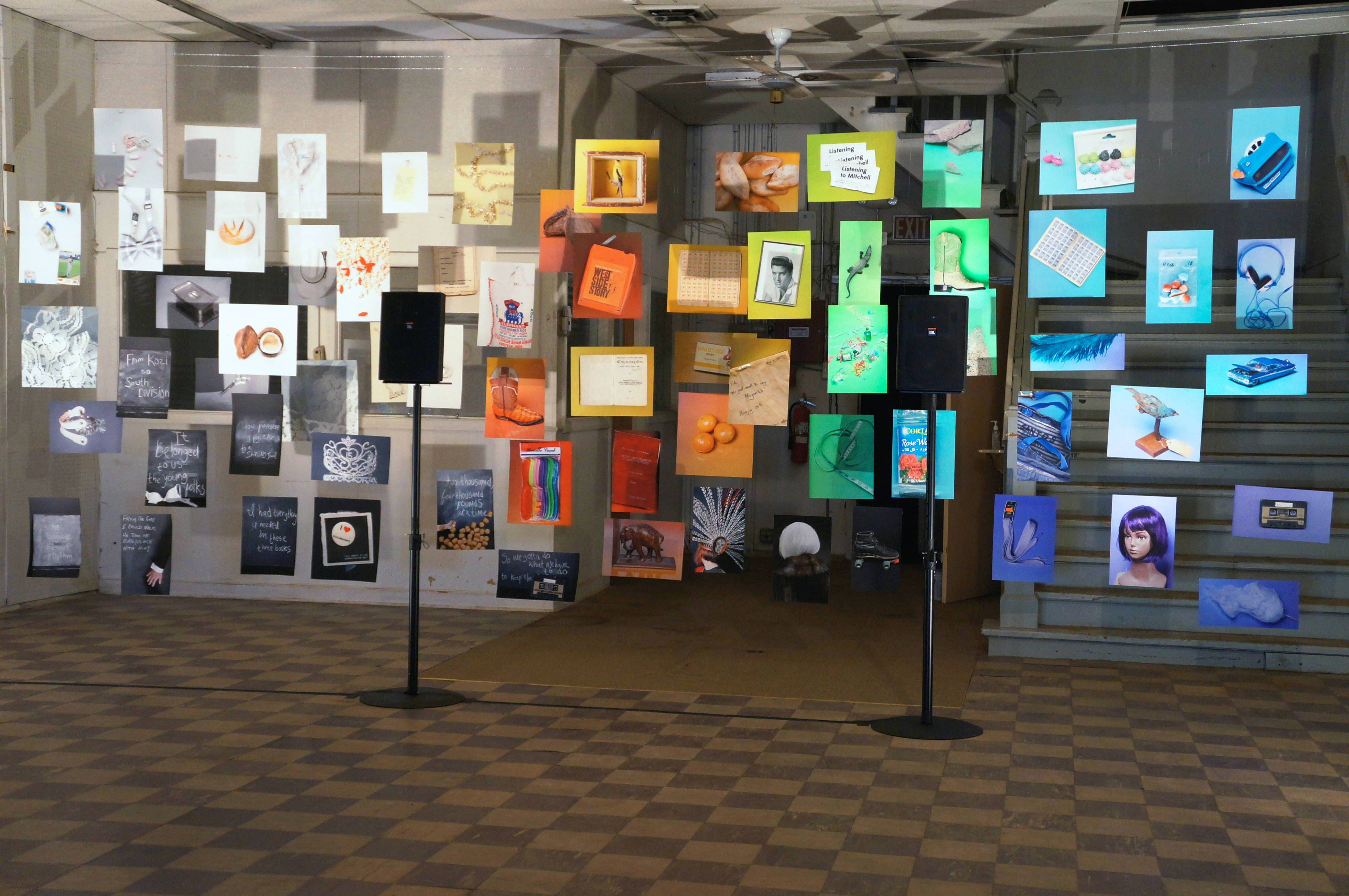
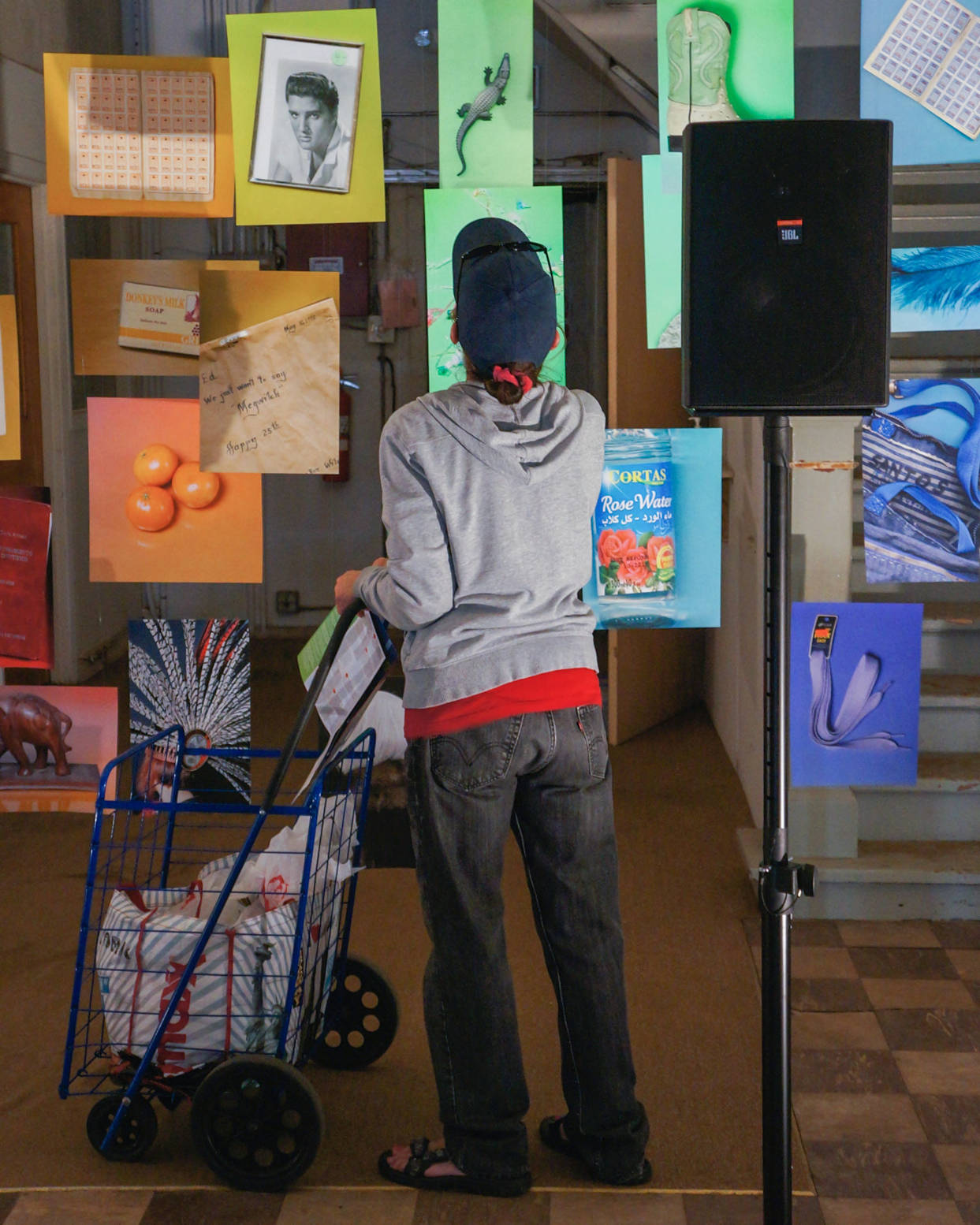
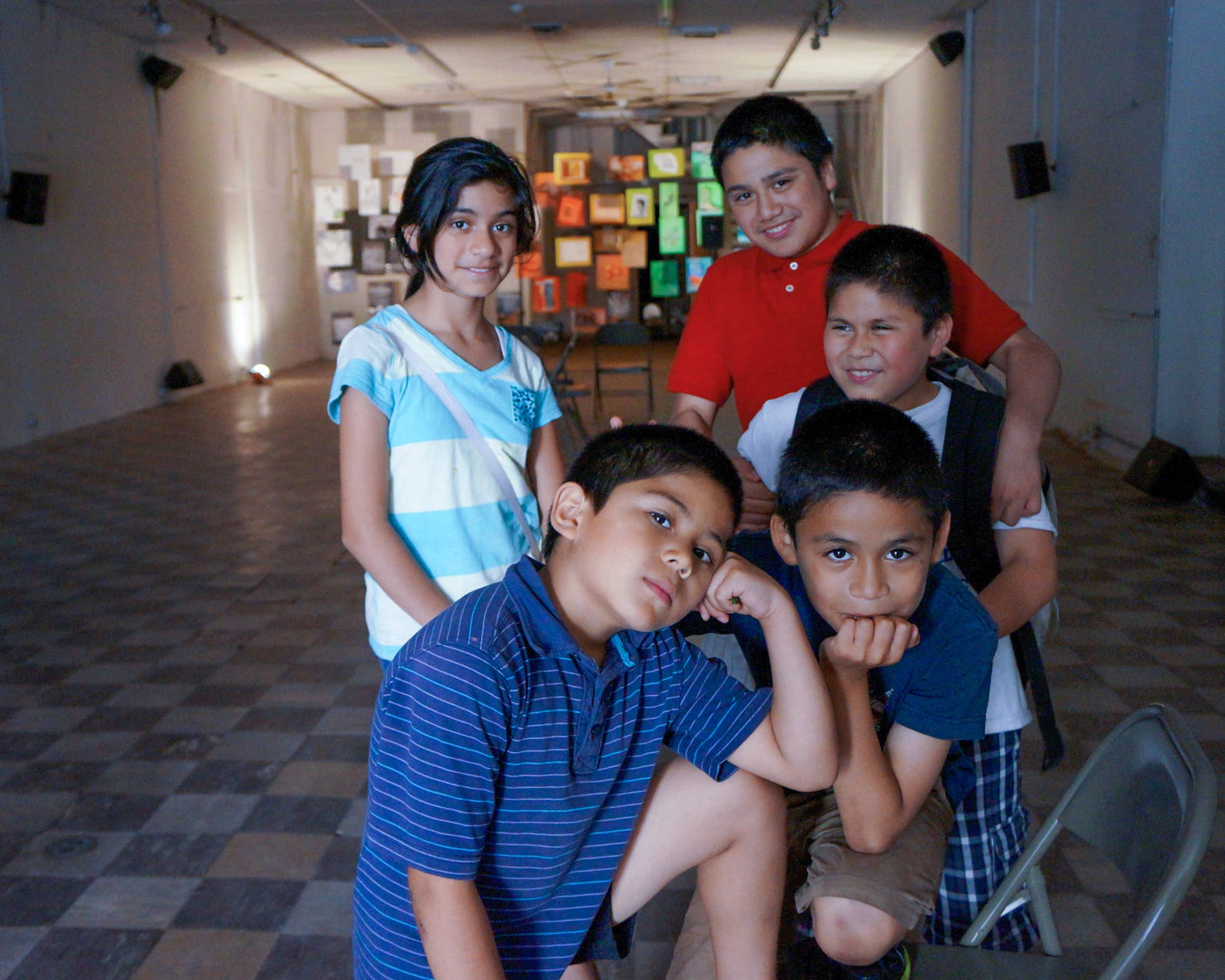
Culmination
“We gotta keep going… We gotta stay here. We work here so we gotta do what we gotta do to keep the festival going.” – Tony Gonica
Listening to Mitchell was intended to be temporary but the artists were committed to finding a way for the spirit of the project to live on.
They believed the project could open spaces for artists and community practitioners to engage with the street. In fact, with excellent buildings for studio space and an ever-evolving cultural richness, the street has long been a home to artists.
In mid-2015, the Milwaukee Public Library announced a new branch was coming to Mitchell Street. Soon after, Thomsen and Carr began brainstorming with them on ways Listening to Mitchell could act as a seed for future creative, cultural and community engagement in the library. In 2017, Listening to Mitchell along with Milwaukee Public Library, Artists Working in Education and Ex Fabula, won an Our Town grant from the National Endowment for the Arts for a project named Gathering Art, Stories and Place.
Artists Sonja Thomsen and Adam Carr have stated the greatest accomplishment of Listening to Mitchell was opening the door for all the work created by Gathering Art, Stories and Place. This project was a platform for incredible artists-in-residence at the library, vibrant cultural programs, artistic discoveries and much more in 2018-2019 and beyond.
Speaking of which, you can explore GASP in much greater depth here.
